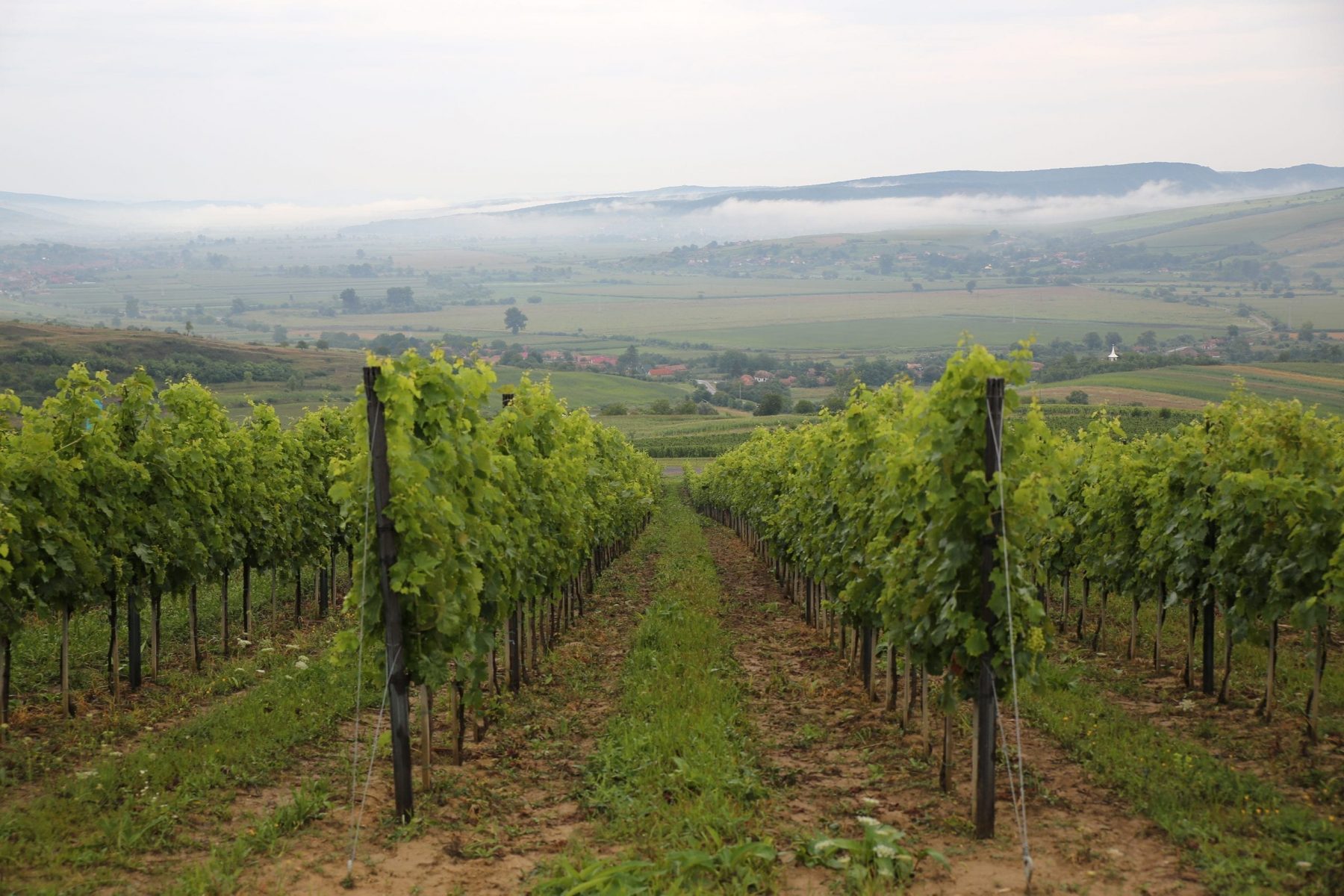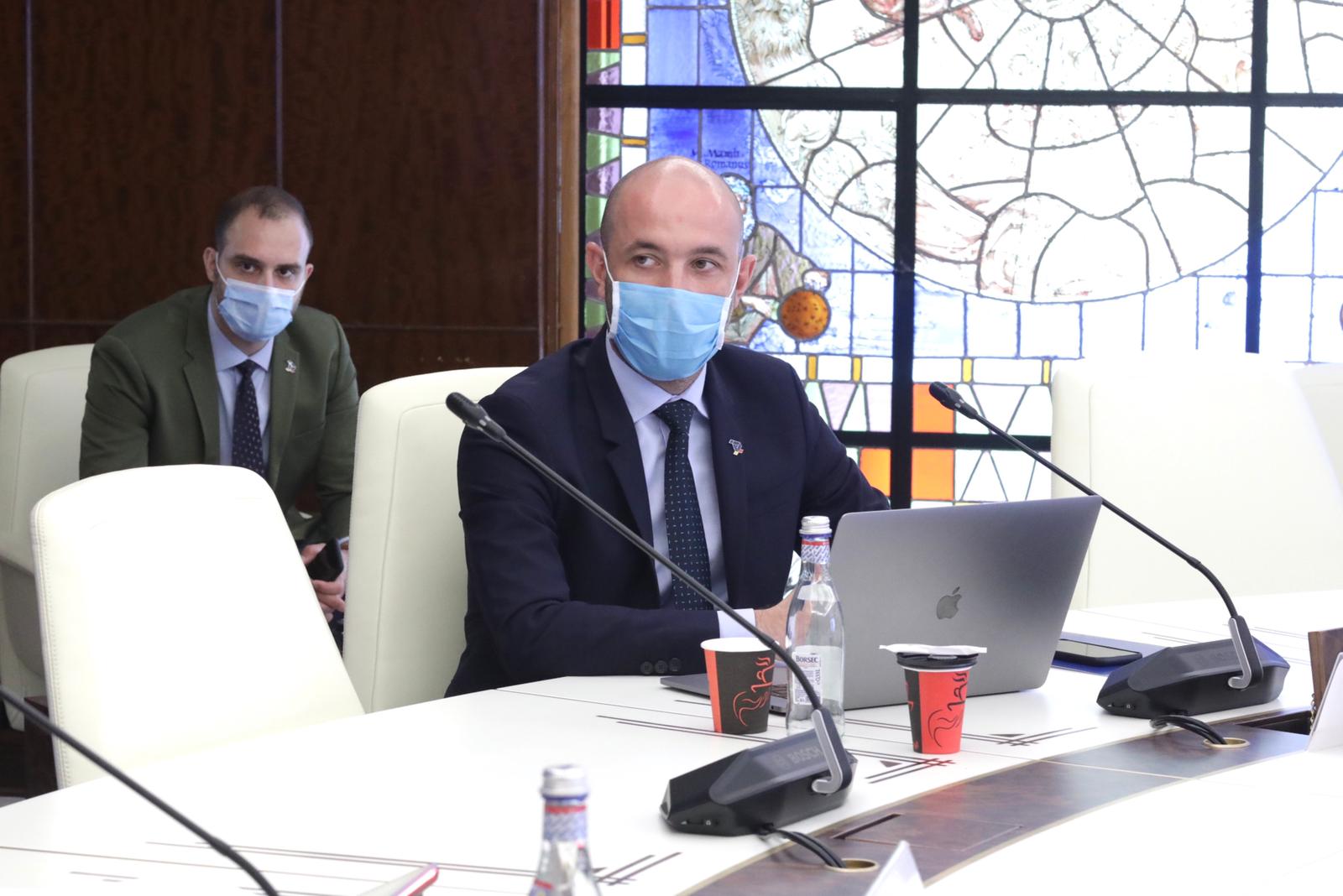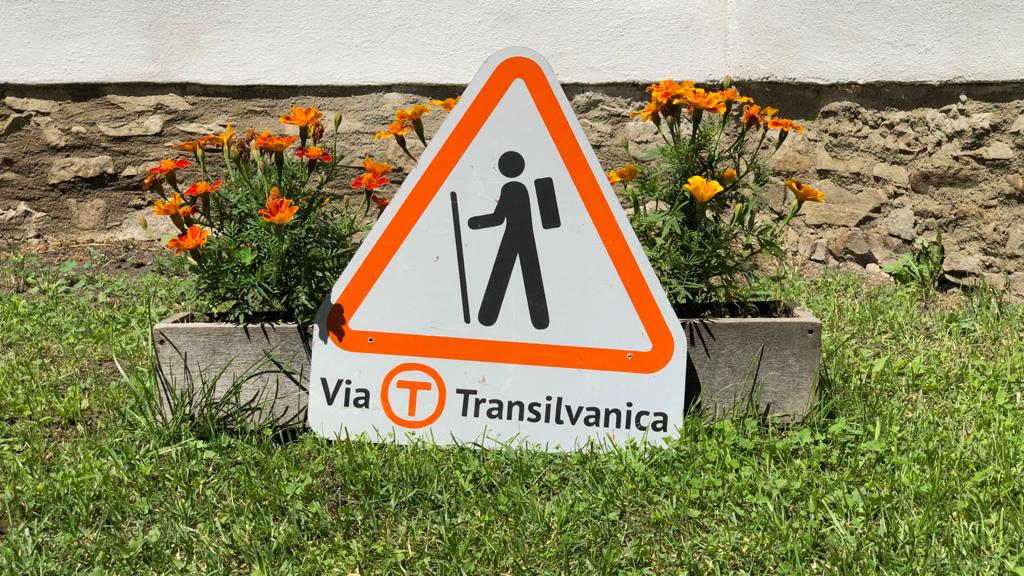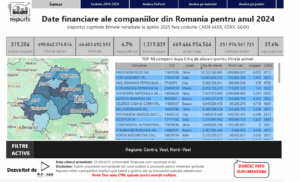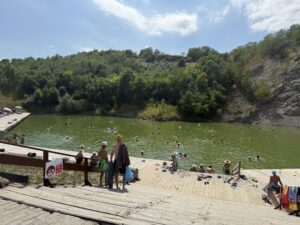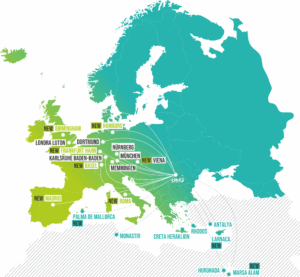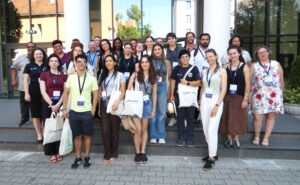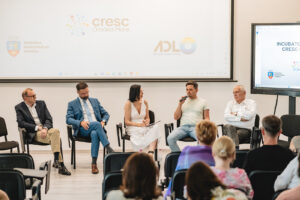“The soft season of youth returns.
I miss this wine in which
All smiles bloom. Be it harsh, I still cherish it.
Do not scold me. It is harsh, for it has the taste of life.”
Omar Khayyam
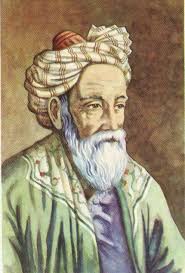
The Wine in the Inkwell
Perhaps no other drink is as connected to a mythology, a culture, even a religion in certain time periods as wine. The wine consumer, no matter how much of an expert he deems himself or how much of a man of fine taste, is the last to arrive at the “barrel”, after the gods (Bacchus), the heroes, the poets and the artists had already savored it. Perhaps these characters of the past no longer mean much to the winemakers, who first and foremost think of creating strong wine brands, unique varieties or blends, desired by as many consumers as possible. However, let us not forget that the poems by Anacreon, Omar Khayyam, François Villon, Verlaine, Byron, Esenin, Eminescu, Pillat, Păstorel Teodoreanu and even Mircea Dinescu are part of the wine culture and perchance even part of its price. Whoever sells wine, also bottles it in its cultural mythology, created not by the great drinkers, but by the great poets. In the same manner, whoever buys wine also buys its story. The story told and forgotten countless times in the wineries, pubs, cellars in which two or more goons stray in order to honor its name like the name of a god. When we drink wine, we also drink everything ever told about wine and what comes to mind, what sings in our ears are the inspiring voices of the poets of wine.
If the famous philosophical banquets with which Pericles’ Greece tormented our minds were held today, it is almost certain that among the drinking partners there would also be one who would demand cognac, whisky or, why not, a Turț brandy that cleanses the soul, calls for spiritual peace, washes the mind as one would a dirty window and, suddenly, everything in life is enlightened. However, since neither whisky nor brandy could be found in Athens, Socrates’ companions seem to have wet their lips with wine before threshing their divine words in enchanted cadences. Those words, somewhat obscure and difficult to fumble, have been read and repeated across the face of the civilized world for 2,300 years. We do not believe that if he had not strengthened his spirit with a pitcher of wine, Aristophanes would have had the courage to unveil, during the banquet, the story of the creation of the Androgyn, its unprecedented perfection and its fight with the gods, their terrible revenge and the painful separation of the man from the woman, after which the lives of the poor creatures became sad and bleak. Only love was left to them, to delude them that, in sporadic copulations, their lost unity could be recovered. That was impossible, and this was as clear as day when their amorous nights fell apart under the sharp teeth of dawn. But, in its kindness, life sometimes hands them a baby, to smoothen the broom of their faces every now and then with its tiny finger.
Without a short respite at the rim of the beaker in which the sweet sparkling wine fizzled gently, we believe that not even Diotima – the woman who was wiser than Socrates, who reached unprecedented philosophical peaks with no training in feminist dialectics, but rather on mystical paths – would have spoken freely about the philosophical Eros, born of godly bone and destined to raise the souls of the willing to divinity. Perhaps even only to mentally follow, to comprehend these heads of mysterious sapience, the attendees to the Socratic banquets needed one or two cups of wine. And even if they did not understand everything, after a few more cups drained leisurely, by morning, when they each dispersed towards their conjugal homes, the immediate screams of their thus awoken wives may have sounded like the tweets of angels, beloved jewels sprung from the lips of Aphrodite. It is true that in the case of some, like the young wayward Alcibiades, the sweetness of wine boggled their minds and, at the time of retiring to their quarters, they saw women in the place of men. They were just as gentle and just as tender as they would have been with a woman and their passion was explained through the interpretation of the same story told by Aristophanes, the story of the Androgyn. Namely for why, pray, is man drawn to man as to a woman. It is not a matter of myopia, there is no real connection to loss of sight. How could poor Socrates have endured the relentless nagging of wife Xantippe his whole life, had he not strengthened his thought with wine and philosophy? It is said that at the end of the banquets, after a night of maieutic acrobatics sustained by wine that was not watered down, instead of getting drunk, he seemed to be even more lucid and clear headed. Perhaps, at that time, there was no wine stronger than philosophy in all of Greece. If there were, it never found its way into the hands of the divine Athenian babbler.
We do not know what vine varieties there could have been at that time and what types of wine the Greeks had predominantly drunk during the Dionysia or the Romans during the Saturnalia. It is likely that it was something similar to our homemade wine, which contains all the grapes from the vineyard, regardless of the variety. A wine made through primitive methods and kept according to the circumstances, but one certainly cleaner (bio), since nature was at that time not yet polluted. Essentially, the variety of wine is unimportant; what matters is the cultural and religious effect developed by these people by drinking it. Their intoxication left something behind in history, something that is actually beyond the wine and the pleasure of drinking.
Our Dacian ancestors, for the chroniclers of that time, did not stand out through their abstinent outings, quite the contrary, through the fiery spirit given by the strong wine which they believed could make them immortal. For the sake of immortality, they were always in an ongoing bash and shindig until the gods fated them the occasional war with the dreadful Romans. Not from madness did the mage Deceneus – a holy man who travelled across Egypt and who had a passion for mysteries – conspire for the vineyards of Dacia to be eradicated. It is possible that the drinking of wine mixed with ivy could somewhat explain the Dacians’ bellicose temerity when it was needed, but perhaps it can also explain the betrayal in dire straits. We do not know how their passion for the bacchanalian potion could have inclined the feelings of their wives towards the Roman soldiers, who, once they reached Dacia, struck a discordant note through their military severity and abstinence. Women have always been fascinated by men in military uniform… it is a historical fact that Dacia was conquered and the young wives, even the fiercest ones in their conjugal fidelity, at some point wound up pouring wine in the cups of the conquerors with helmets and breastplates. Those cups of wine poured by the blushing Dacian wives for the Latin speaking soldiers birthed, if not the Romanian people itself, at least their story. That still counts for something.
If there were not wine, many stories would not have been told. Much would not have been written, much would not have happened. Wine has its stories that are told circumlocutorily at first, but after the heart gets warmer, wine loosens the tongue of he who drinks it. For years it remains silent in the bottle or in the barrel, stored in darkness in the wine cellar, so that no ray of light disturbs its slumber, and all the while wine continuously dreams. It dreams and it awaits the day it is take out of its container, free to show its skill and power. The purpose of wine is to reach man’s soul, to assess his nature, to test him, to tear him out of sadness and melancholy. When it reaches the glass, it heats up with joy, it gives the lover courage, it blushes the cheeks of the girl prepared for marriage, it shows the philosopher the path towards truth, it gives the artist vision, but all on one condition – moderation.
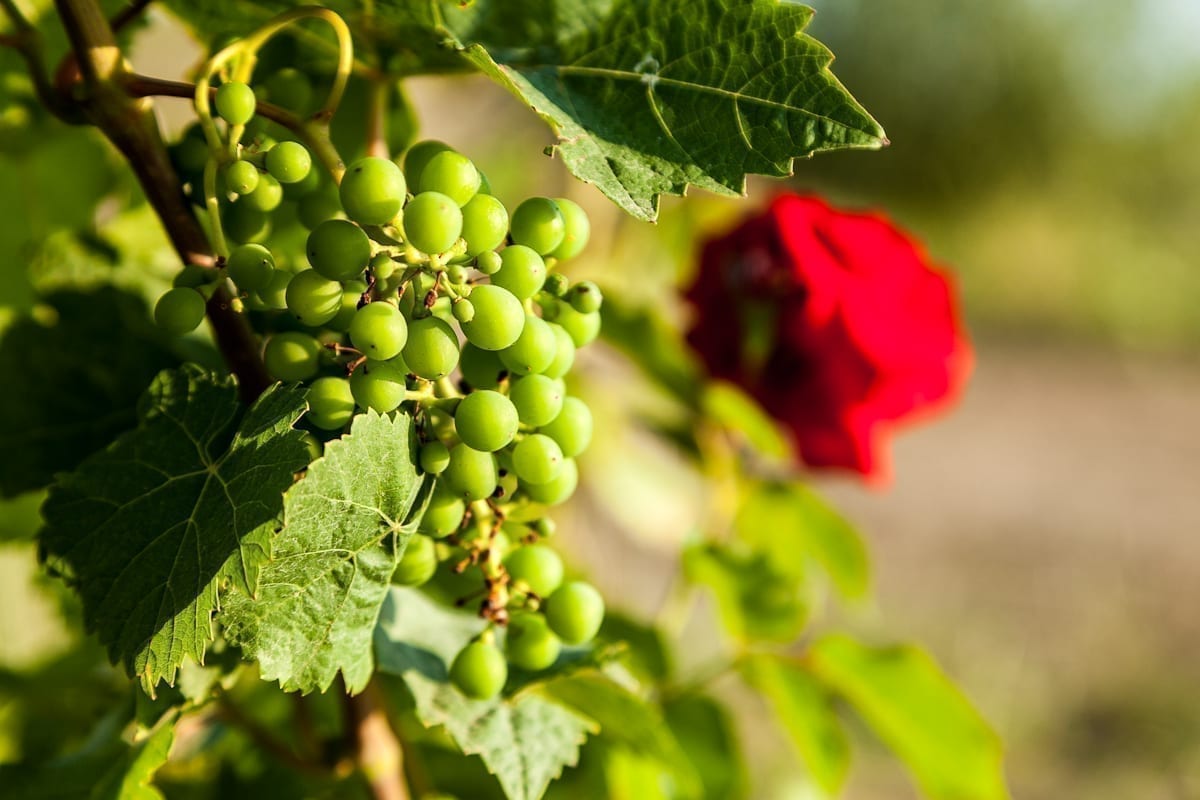
The Alchemistic Oenologists
The oenologists’ work with potions is no less delicate and mysterious than the work of alchemists with minerals, lulled by the heresy of the philosopher’s stone. Focused on the still, the alchemist watches the transmutation of the elements, he puts them through several stages of distillation, sublimation, coagulation and unification until he obtains the “gold”, the quintessential matter. The alchemists knew something essential about nature, something that we have forgotten or that we never even learned, namely that the chemical substances and the natural elements have a character, a personality, qualities and flaws, that they are in a continuous process of kneading, adjusting, changing. In nature, nothing is definitive; everything evolves, changes, in laborious processes of transmutation. What truly matters is the direction of the change, and the alchemists believed that they had found the perfect method though which they could transform the gregarious matter into gold, which was, in fact, the symbol of perfection. The wonderful metaphor the alchemists found for this process of transforming the elements into gold was the mystical wedding. The substances fall in love, touch, bind and give birth to new, more refined, perfect substances.
Similar to the alchemists’ laborious processes that still fascinate through their eccentric spirit and the foolish ambition to bring the matter back to the purity of the uncreated mystical light, the oenologists’ process of transforming certain varieties of wine into something better is, in technical terms, called blending.
The varieties of wine are numerous and very different, and the differences are not only in taste, quality – felt in the mouth, in the state obtained after drinking, or in head, the following morning –, but also in “nature”, “character”, “personality”. As they can be sour, acidic, sweet, semi-sweet, watery, liqueur, wines can also have weak, strong, effeminate, virile characters and shy, bold, hesitant, exuberant, patient, impetuous, calm or hasty natures. If knew the nature, the characters of wines, we could write novels about them like Balzac’s Human Comedy, or even Dante’s Divine Comedy, since wine has truly always accompanied man in his adventures since the dawn of time. It has always been a witness, counselor, devoted friend or mortal enemy at different times and in different circumstances.
Thus, what do the oenologists do through their blending operations? They work on the characters of the wines; they attempt to adjust them, to improve their natures, their qualities, to increase their values, to obtain new tastes and properties that no pure variety contains. The wines are put together in a form of intimate relationship, in which they must “accept” each other; they must “like” each other in order to “love” each other and to “give birth” to a new wine. The oenologist does not hold absolute power over the wine, which is what it is though nature’s long labor, namely the variety of the vine, the conditions in which the grapes ripened and the earth from which they fed, the methods of juicing, vinification and maturation etc. Therefore, the oenologists takes an already licensed product – with fixed data in the form of sugar-acidity-strength –, to which he must add a final note, a particular character, and all of this is done by combining good varieties, similar in quality. For instance, the wines obtained from Cabernet Sauvignon, Merlot and Cabernet Franc are combined in accordance with the famous recipe from Bordeaux in order to create a wine with a strong personality, but at the same time fine and balanced. Wines of the same variety from different years can also be combined in order to confer strength and courage to the new wine through the maturity and the strength of the old one, which accepts it as “one of its own”. Never must one combine a good wine with a bad wine, sour or old, and neither should strong red wine be combined with a weak white wine. A fine wine has its pride, it does not lend itself to quite any combination.
The blending is done with wines maturated in barrels for longer or shorter periods of time, and a pre-established proportion of the varieties put together cannot be applied. The percentages are approximate, what gives the final note is the oenologist’s flair, who first mixes the proportions in a vial and tests different combinations until he obtains a certain “note”, a taste that is good and unique. Usually, obtaining a new taste takes several days and requires hundreds of tests, and when the recipe is ready and the proportions are established, the wines meant for blending are taken from the wooden barrels in which they slept separately and put into large stainless steel barrels in which they begin their cohabitation. From there, they are pun into bottles, in which they truly live their “honeymoon”. If the recipe was inspired, if the wines in the bottles were “happy” together, this is what each consumer must feel after opening the bottle. The taste and the knowledge of the consumer must also be cultivated.
“Nobody is perfect”, not even in the world of wine, which is why people are always working on improving the qualities and characters of wines and on elevating their “spirit”. A good wine, just like in the case of the characters of people, is obtained through education, refining efforts and constant evolution. It is likely that among oenologists, there are ones as ambitious of alchemists, trying to obtain the “philosopher’s stone” of wines. The perfect wine that does not intoxicate you, but elevates you morally and enlightens you. As is the case of the perfumers who seek the absolute perfume (see P. Süskind’s Perfume).
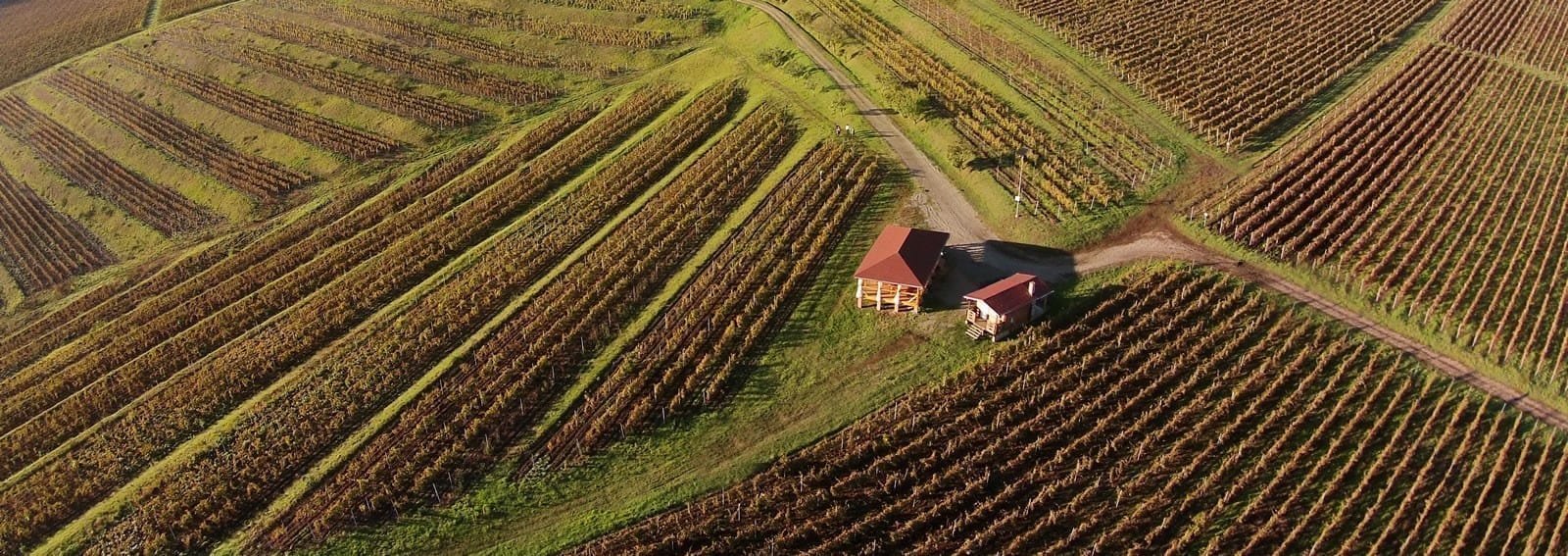
Weinland
Dragged by the ambitious Arpadian kings towards the far eastern region of the Hungarian Kingdom, with the clear task of colonizing the Transylvanian Plateau and to imprint their diligent household spirit, the Saxons who reached the Târnave Rivers region found themselves surrounded by unending hills covered in grapevine. Moved by passion, suddenly stirred by what their eyes beheld, they instantly named the region through a mantra: Weinland. A land of wine, thought the Saxons, tired after the long journey from the Rhine Valley to the Mureș and Târnave Rivers, was everything they ever needed. It also almost occurred to them that they had wandered to the edge of Paradise. They were good Christians who knew that wine was the blood of the Lord, and a country to which God gave so many grapevines could not be far from heaven. The country was as beautiful as one must have been in biblical times; as far as the eye could see there were rows of grapevines with thick branches and golden bunches, untouched by rust, around which bees sparkled. A never before seen beauty that made the Saxons forget their parents and their homelands and to quickly build a new life for themselves on these planes.
Some of the colonists who were royal favorites settled down in the villages of Cricău and Ighiu and took up viticulture. The chronicles mention them starting from 1206, the period of King Andrew II’s reign, who, for the cultivation and production of wine, completely exempted them from taxes. A document from 1255 specifies that they, “the fist guests”, cultivated new varieties of vine, and the exemption from obligations concerns the sale and purchase of the production obtained from the vineyards they had planted. Together with their settlement in the region, viticulture developed considerably, due to the fact that they brought new vine varieties, more efficient technologies and methods both in the care and cultivation of the grapevines, as well as in grape processing and wine conservation. Moreover, their proverbial diligence and discipline imposed a new spirit, a new administration style and a new work ethic.
Today, the region the Saxons named Weinland contains four of the most important vineyards in Transylvania – Alba (Țara Vinului, Aiud, Sebeș-Apold, Târnave). Their administrators built an association that would outline a regional tourist wine touristic plan which would also contain the traditional cultural patrimony, a “Wine Road” between the traditional wineries and cellars, following the model organized by the Assembly of European Wine-producing Regions. The region’s natural beauty, the important medieval heritage compiled of the villages with well preserved vernacular architectures, fortified churches, castles, manors, palaces, churches, cathedrals, the existence of certain village communities that kept their traditional lifestyles are all additional arguments that support the wine tourism. In short, the idea is to combine the local wine patrimony with the cultural patrimony in more attractive and, why not, more profitable touristic projects.
In 2007, through a decree issued by the Alba County Council on June 29th, the “Wine Land” Association was created in order to promote the wines from the Alba-Târnave region, to stimulate the wine tourism following the established and successful model of the great European winemaking regions. The founding members are wine producers and retailers, among which there are Jidvei S.R.L., S.C. Viticola Gârbova S.R.L., S.C. Logos S.R.L., S.C. Domeniile Boieru S.R.L, the associations of wine-makers from Aiud, Bucerdea Vinoasă, Cricău, Crăciunelul de Jos, Ighiu, Alba County Council, Alba Iulia Local Council, Aiud Local Council, Blaj Local Council, Teiuș Local Council, the local councils of the communes of Câlnic, Cetatea de Baltă, Cricău, Crăciunelu de Jos, Galda de Jos, Gârbova, Ighiu, Jidvei, Mihalț, Sâncel, Sântimbru, Șona and Valea Lungă. The association elaborated a complex work strategy in different directions, among which testing and increasing the quality of the wine products, promoting the local wine brands, supporting their retail, campaigns to promote the wine tourism, creating tourist wine routs integrated in the European circuit, consultancy and projects meant to support the adaptation of the adjacent infrastructure to the needs of the wine tourism, consultancy in the cultivation of grapevines and grape processing, professional formation programs and continuous formation programs in the field of wine culture, organizing information sessions, workshops, contests, wine tastings, wine fairs and festivals, organizing certain exchanges of experience with wine producers from other countries with a wine tradition.
The potential tourist, attracted by the Wine Land project, would have many vineyards to see, many wineries to visit, many unique wine varieties to taste and, perhaps, to take home. For a tourist to form a somewhat adequate idea of the wines from Transylvania, it would be best that he spends at least a summer’s vacation here, for there is much to see. Not even we, who have been raised here, know all of them and we still come by many wonderful surprises. In the past 10 years, several new, extraordinarily tasteful wineries appeared, containing previously unknown or very little known wine varieties and blends that fill you with respect for the oenologists who had been inspired to produce them.
Let us take some of these wine establishments one at a time and let us hope that the spirit of abstinence shall accompany our journey, so that we can visit as many wineries as possible.
(…)
Vianu MUREȘAN
(From the special edition of TB 86 – „ENJOY TRANSYLVANIA!” – May/June 2019)




